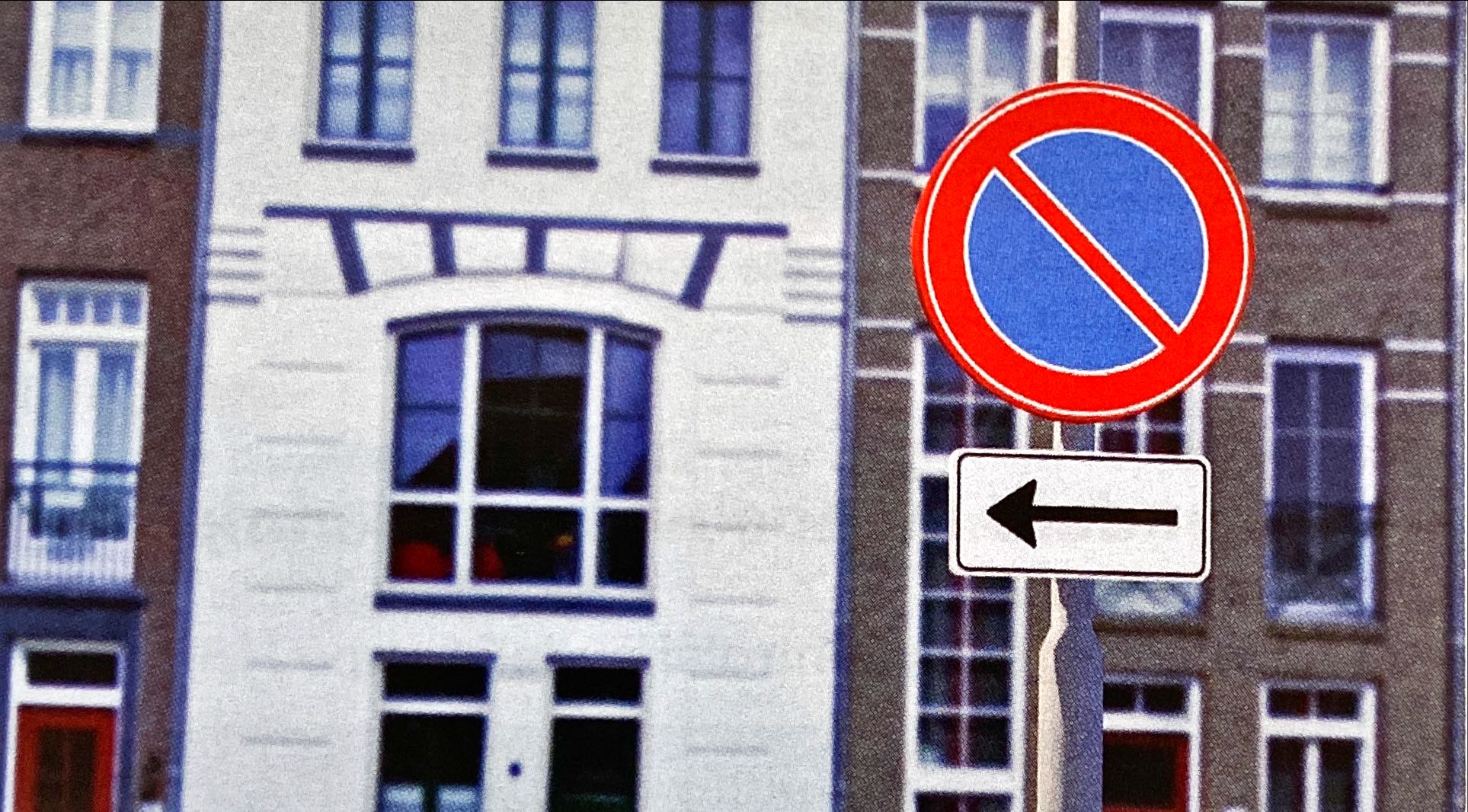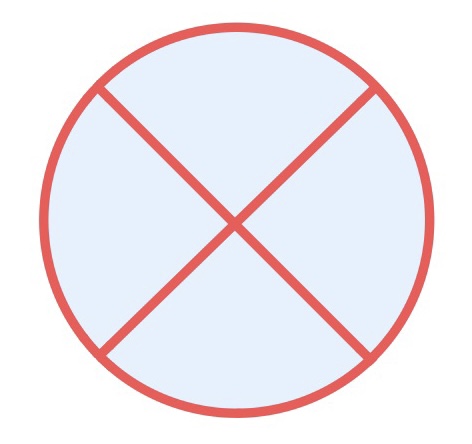Created: 2023-10-31 08:55
Necessary or voluntary stop
Although one might prefer to drive as much as possible when in traffic, there are situations when you should stop the car for a moment.
- Traffic stop (forced stop)
- Voluntary stop
When you are about to stop, you can warn drivers behind you by lighting up your brake lights before you actually break.
👆 This is accomplished by slightly pressing the breaks to have the lights come off but not yet start breaking. Brake light
Sudden stop
If you have to make a sudden, sharp brake, for example in a traffic jam. Then, if possible, also turn on your hazard lights.
When braking in traffic always take into account the traffic behind you, they would have to stop as well. ‼️ => Stopping distance
Clear the passage
If you have to stop, keep on important rule in mind: leave open passage for other drivers. This way they might continue their journey unhindered.
- Intersections
- Crossings
- “To consider” (overwegen ???)
- Road sections intended for traffic going straight on the same road
#todo translation 👆
Traffic-necessary stop
Some examples of traffic stops.
- Give the way to other road users
- Before a closed crossing
- Traffic controllers shows a stop sign
On necessary stops you remain a participant in traffic.
Voluntary standing still
This includes all voluntary stops, like parking. On voluntarily stops you aren’t participating on traffic.
You might do so to let passengers get in or out of the car, or to load/unload goods. No traffic reasons. And after the short stop you continue right away.
Where can you voluntarily stop?
As much left or right as possible to the side of the road. Pick a safe place that will not hinder other traffic.
In these locations voluntary standing is prohibited:
- At an intersection or level crossing
- On the carriage way of a highway or on drift surfaces.
- On the emergency lane or on the shoulder of a highway (unless it’s an emergency).
- On a bicycle lane with a solid line.
- On a footpath, bike/moped path.
- On a bicycle lane or on the road next to it.
- On the roadway along a bus lane (either type).
- Along a solid yellow line.
- At or within 5 meters of a pedestrian or cyclist crossing.
- At the ‘bus stop’ sign at the checkered marking or if there’s no marking at less than 12 meters from the ‘bus stop’ sign. Not that passengers may be allowed to board or disembark immediately here.
- In a tunnel.
- On the side of the road where there’s a ‘no standing still’ sign located.
- In places where you hinder others or standing still is dangerous.
Parking
Parking includes all situations in which you voluntarily stop the car and leave it. It doesn’t include situations where you stop to allow other passengers to (un)board or to (un)load goods.
Where are you allowed to park?
As right or left as possible on the road. You may also park on designated road sections or places. Such as: parking lanes, parking lots, parking garages. If there’s no option nearby then park in a way that is safe to you and doesn’t hinder other traffic.
In these locations parking is prohibited:
- In all places where it is prohibited to stand still.
- In front of an entrance or exit.
- At less than 5 meters away from an intersection.
- Outside built-up areas on the carriageway of a priority road.
- At a parking facility intended for a different vehicle category (eg. a taxi parking lot).
- In a parking lot for permit holders when you are not a permit holder.
- At a place dedicated to loading and unloading goods.
- Along a yellow broken line.
- Within a erf/yard (except for the available parking facilities).
- On the side of the road where the ‘no standing still’ sign is located.
- In a no-parking zone (only park in the available parking facilites).
- Along a parked vehicle (this is also called ‘double parking’).
The following sing prohibits parking but allows to briefly stand still to let passengers in/out of the vehicle.

Dashed yellow lines allow standing still but no parking. Solid yellow lines prohibit both parking and standing still.
